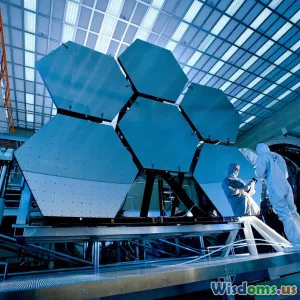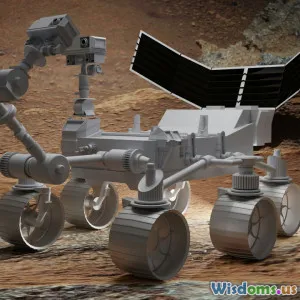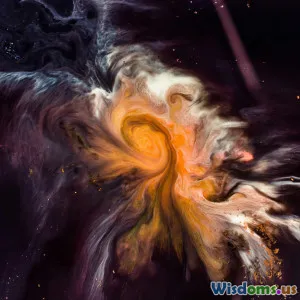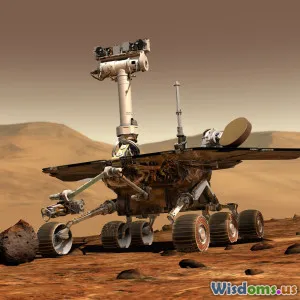
Exploring Space: Sci Fi vs. Reality
6 min read A deep dive into the intersection of science fiction and real space exploration. (0 Reviews)
Exploring Space: Sci Fi vs. Reality
Science fiction has long captured humanity's fascination with the cosmos, presenting impressive visions of what lies beyond our planet. From Arthur C. Clarke’s 2001: A Space Odyssey to the vast universe of Star Trek, these narratives inspire imagination and innovation. However, as we make tangible strides in space exploration, it’s crucial to examine how these fictional ideas measure up against current scientific advancements. This article explores the compelling interplay between science fiction and reality in the context of exploring space.
The Role of Science Fiction in Space Exploration
Science fiction serves as a cultural barometer, reflecting our hopes, fears, and aspirations regarding the universe. Not only does it entertain, but it also sparks curiosity and drives technological advancements. For instance, the concept of space travel was largely relegated to the realm of fiction until the mid-20th century when NASA and other organizations turned dreams into reality.
Examples:
- Jules Verne’s novel, From the Earth to the Moon (1865), portrayed a crew’s journey to the moon, predicting many details about rocket travel that would later manifest in the Apollo missions.
- Isaac Asimov’s works on robotics and space colonization have influenced researchers and engineers in developing autonomous systems and habitats for extraterrestrial environments.
Current Realities in Space Exploration
While science fiction often presents extraordinary technologies, the current state of space exploration is remarkable in its own right. The last few decades have seen milestones that bring us closer to the realities once imagined in fiction.
1. Mars Colonization
NASA and private companies like SpaceX are developing plans for human missions to Mars. The Mars 2020 mission, which successfully landed the Perseverance rover on the Martian surface, is a significant step towards understanding the planet’s potential for human habitation.
2. Space Travel and Tourism
Companies like Virgin Galactic and Blue Origin are making strides in commercial space travel, offering suborbital flights for civilians. This concept, once the stuff of science fiction, is becoming a reality, paving the way for future tourism beyond Earth.
3. Interstellar Communication
While warp drives remain speculative, projects like Breakthrough Listen aim to detect signals from extraterrestrial civilizations. This echoes the themes of interstellar communication prevalent in many sci-fi stories, emphasizing our desire to connect with the unknown.
The Intersection of Fiction and Reality
The lines between science fiction and reality are increasingly blurred as technology advances. For example, the International Space Station (ISS) serves as a real-life laboratory for experiments that were once merely theoretical, such as long-term human survival in space, a theme explored in various sci-fi narratives.
Conversely, many sci-fi concepts are now being adapted into legitimate research. Artificial Intelligence and robotics, prominent themes in works like I, Robot and Blade Runner, are being integrated into space missions to assist astronauts and explore distant planets more efficiently.
Challenges and Ethics
While exploring space is filled with excitement, it also presents various challenges and ethical dilemmas. Questions arise regarding the implications of colonizing other planets, the potential for contamination, and the rights of any extraterrestrial life forms we may encounter. These themes are often explored in science fiction, prompting discussions that are increasingly relevant today.
Conclusion
As we stand on the brink of a new era in space exploration, the relationship between science fiction and reality becomes clearer: each influences and inspires the other. Science fiction provides a canvas for our imaginations, while real-world advancements draw from the very ideas that once seemed impossible. The future of space exploration is bright, and as we continue to push the boundaries of what is possible, the lessons from science fiction will undoubtedly guide our journey.
In conclusion, while we may not have warp drives just yet, the dreams of science fiction are becoming the realities of today, shaping our understanding of the universe and our place within it.
Rate the Post
User Reviews
Popular Posts





















